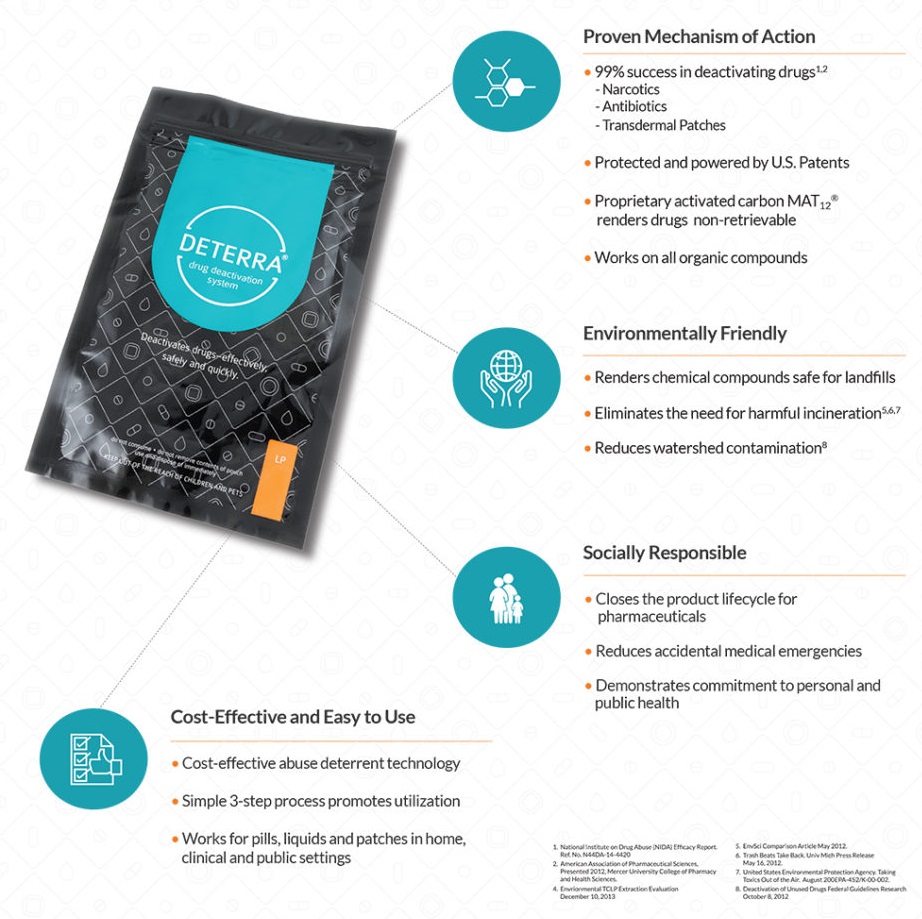
Many surgeons prescribe powerful painkillers to their patients following surgery to help patients manage pain and focus on recovery. However, opioid painkillers are highly addictive. Over the last year at Brigham and Women’s Faulkner Hospital, the multidisciplinary B-CORE Committee has been hard at work creating prescribing protocols and lists of alternate medications to avoid leading patients down the road to addiction. One area where much work has been done is in Brigham and Women’s Orthopaedics Center at BWFH.
As a department, the surgeons in Brigham and Women’s Orthopaedics Center at BWFH have adopted a multi-modal acute pain management algorithm. With the new system, each type of orthopaedic surgery was reviewed by the surgeons who perform them and the group came up with guidelines for how many pills should typically be prescribed for that procedure with the goal being to not prescribe patients an unnecessary number of pills.
“I think there is now a heightened awareness amongst our providers that we don’t need to be handling pain with more prescriptions. We should be setting expectations among patients and using other modalities to try to help with their pain management,” says Chief of Orthopaedic Surgery Dr. Brandon Earp. “This is one small way that we can help decrease the opioids out there and minimize the gateway point to opioid addiction.”
The team in the Foot and Ankle Service has taken this concept a step further. The group is currently conducting a study to determine how likely patients are to dispose of their excess opioid pills correctly. “My colleagues and I try to be very responsible about what we do prescribe and we talk to our patients about the risks,” says Dr. Christopher Chiodo, Chief of the Foot and Ankle Service. “But we can’t know for sure how a patient will react to the medications we prescribe or what they will do with any leftovers they might have. We certainly don’t want these highly addictive drugs sitting in medicine cabinets.”
The group has long felt that proper drug disposal can be a chore for patients with excess pills after surgery. Many cities and towns don’t offer a convenient location or time to drop off unused drugs and flushing drugs down the toilet can be harmful to the environment. Dr. Chiodo and his research assistant Lia Keyser wanted to give patients an easier option and show them how to use it. Keyser set to work and found a company that manufactures bags in which medications can be deactivated. The Deterra Drug Deactivation System allows patients to simply place their unused pills in a bag, add water and quickly deactivate the medications in the pills. The bag can then be disposed of in a landfill without any adverse effects on the environment.
“We thought it would be great if, when we give a patient an opioid prescription, we can also provide them with a device in which they can neutralize and dispose of the medication,” says Keyser. “I’m currently enrolling patients to determine how apt they are to use such a device.”
After seeing the early results of Keyser’s study, Dr. Chiodo is convinced and has decided to provide the Deterra Drug Deactivation System to all his patients who he prescribes opioids.
But this is just the first step in what could be a much bigger project. In the future, Dr. Chiodo and Keyser hope to make the product more widely available across BWFH and perhaps even across the state. It’s a small project begun here at BWFH that can hopefully have much more far reaching effects.

Looking for more news from BWFH? Go to News to find articles about health, updates to our programs and services and stories about staff and patients.
Go to News